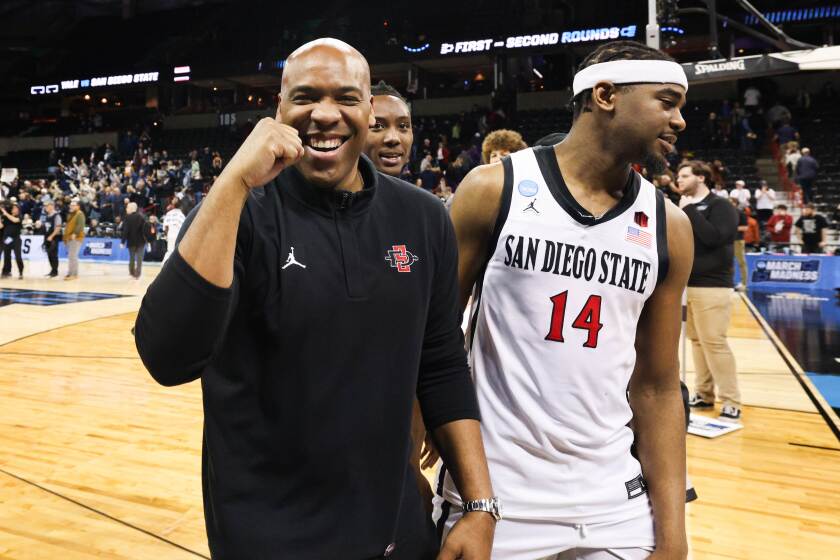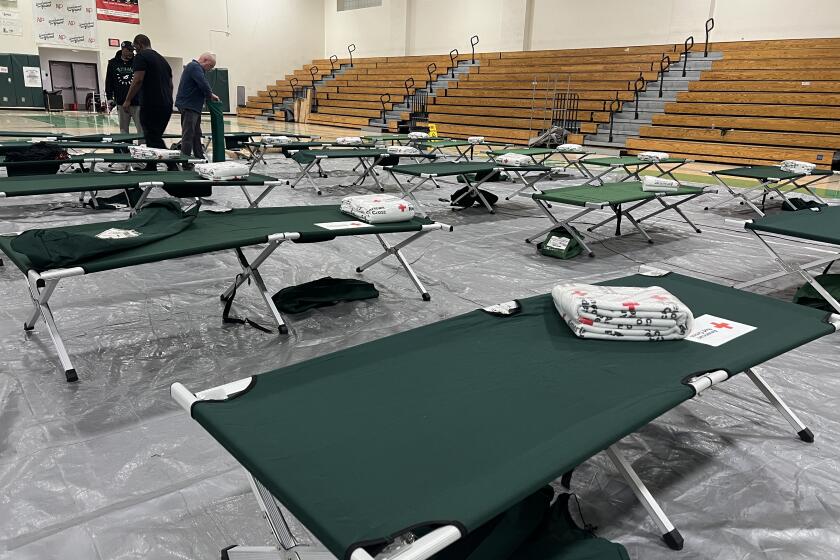California’s new plastic straw law takes effect in 2019. Here’s what’s happening.
Welcome to 2019, the year in which full-services restaurants across California will no longer offer plastic straws to customers.
Eater named the “plastic straw ban” the biggest trend of 2018, and in many ways, the Golden State is leading the way on the issue. However, the new law is a little more complex than an outright ban so we’re here to remind you what the new law requires.
Here’s what you need to know.
What does the law actually say?
Assembly Bill 1884 prohibits full-service restaurants from providing single-use plastic straws unless they are requested.
What counts as a full-service restaurant?
By the state’s definition, a “full-service restaurant” is an establishment with the primary business purpose of serving food, where food may be consumed on the premises. Going even further, at these restaurants, customers have to be escorted or assigned to a seating area, their orders have to be taken in that area, orders have to be brought to them and the check has to be delivered to the customer in the assigned eating area.
So no, your average fast-food restaurant probably doesn’t count.
Why did the state pass the law?
The bill’s author, Assembly Ian Calderon, D-Whittier, said the bill is an effort to create “awareness around the issue of one-time use plastic straws and its detrimental effects on our landfills, waterways and oceans.”
In his signing message, Gov. Jerry Brown said plastics, in all forms, “are choking our planet.”
“It is a very small step to make a customer who wants a plastic straw ask for it,” Brown wrote. “And it might make them pause and think again about an alternative. But one thing is clear, we must find ways to reduce and eventually eliminate single-use plastic products.”
Want more information?
Tune into this podcast episode for an interview with Surfrider San Diego’s Michael Torti and Taylor Leigh Cannizzaro for a discussion on how this law came to be and what’s next for advocates fighting plastic waste.
Here’s are some excerpts from the conversation.
Q: How big of a problem are plastic straws?
TORTI: “Here in San Diego in 2017, Surfrider has their beach clean ups — so we do beach clean ups every single month along our county — and we collected 174,000 pieces of waste. Out of that, 4.5 percent were straws and lids, which doesn’t sound like a lot, but it comes out to about 7,800 items. And then we don’t collect a lot of them, they often blow into the ocean. So once in the ocean, they photodegrade into tinier pieces, they’re mistaken as food by marine life and they work their way up the food chain into our food.”
Q: Why focus on plastic straws?
CANNIZZARO: “Straws are easy to eradicate versus Styrofoam because it’s a take away. Restaurants and organizations, it’s not going to cost them anything to stop using plastic straws. So it’s one way restaurants and organizations can make an impact and can kind of show that they care about the environment because just by not offering a straw in every single drink, restaurants actually save money. That’s why there’s a little bit more of a challenge with the Styrofoam because it does cost restaurants more money to make a switch to a different material. So I think it’s an easier gateway plastic, gateway change of behavior that people can do for themselves as well as in a business, it makes sense.”
Q: Do you think this will catch on in other states?
TORTI: On the ocean side, it’s not a challenge, but I think in most communities, they’re passing climate action plans and in those climate action plans they have zero waste plans. They’re going to need to meet those zero waste plan goals because at a certain point we’re running out of room for where to put our trash. So just like San Diego, where they have a pretty strong zero waste plan in place, they need to start eliminating some of these single use plastics that can’t make it through the recycling program and divert the waste completely. So I think throughout the country, people and our government and our leaders will see that this is necessary.
Email: abby.hamblin@sduniontribune.com
Twitter: @abbyhamblin






